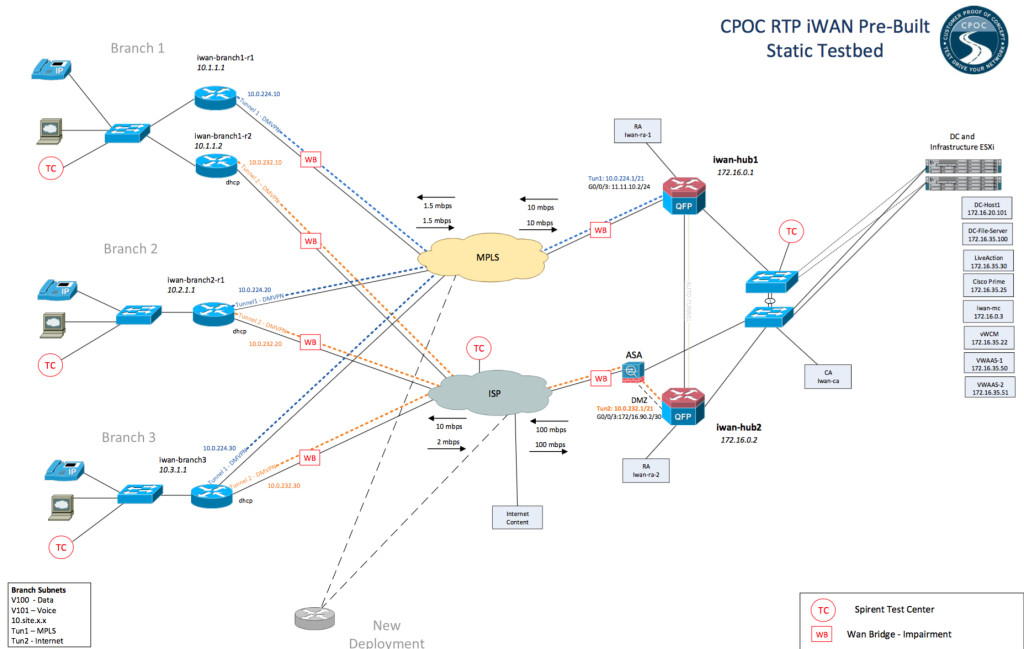Some Flickr users facing browser support woes
Some Flickr users are reporting problems with the photo sharing site that may be related to what browser they’re using—even if the browser’s up to date.Since late last month, some users have reported problems after seeing a message telling them their browser was unsupported. Some say they’ve lost the ability to do things on Flickr, like comment on or download photos, while others say their photos now appear in lower resolution.On April 21, Flickr began notifying users they would need the latest browser versions. The service supports Firefox, Chrome, Safari, Internet Explorer and Opera, but its help page now says Flickr may not work properly on older versions of those browsers.To read this article in full or to leave a comment, please click here
 This week: VMware hearts Docker, Cisco buys again, and VMware teams with Arista.
This week: VMware hearts Docker, Cisco buys again, and VMware teams with Arista.

 SDN is just the beginning, FireHost learns during the company-wide migration.
SDN is just the beginning, FireHost learns during the company-wide migration. Two recurring themes in any SDN discussion include interoperability and budget
Two recurring themes in any SDN discussion include interoperability and budget